Pond Pressure filter
Pressure filters clean water by pushing the water through a mechanical filter. Mechanical filters may be foam filters, small rocks, and other material that will physically remove debris from the water. Some pressure filters (but not all) have a UV light inside them. As the water passes by the UV light, the rays penetrate living microorganisms and kill them. This will clear up green cloudy water. Keep in mind that this UV light is sterilizing the water. This is how it cleans up the green cloudy water (microbial algae). Also keep in mind, it kills the algae AND the good bacteria too! Beneficial bacteria is essential for a balanced pond ecosystem.
A skimmer box that contains a basket, net, brushes and/or filter pad are a form of mechanical filtration as well. Pressure filters can be used in addition to a skimmer box.
If your pond is missing essential elements to a balanced pond, a pressure filter may be a good idea. For instance, if you really can’t put in a skimmer box, biofall or plants, a pressure filter could be the way to go.
Upkeep of pressure filters:
Most pressure filters need to be shut down in the winter time because if they freeze there is a risk of the UV light breaking or a crack occurring in the pipe.
Pressure filters need to be back-washed on a regular basis. If you are having to do this as often as once a week, your pressure filter may be too small for your pond.
What about a pool pressure filter?
It is important to note that swimming pool pressure filters are not the same as pond pressure filters. Pool pressure filters have sand in them which is too fine a filter for a pond. They will clog up way too quickly! This results in having to clean it too often and low water flow. In some cases, sand can be replaced with a different filter media.
Pressure filters are a good solution to problematic situations. Check with a pond professional to see if it’s right for your pond!

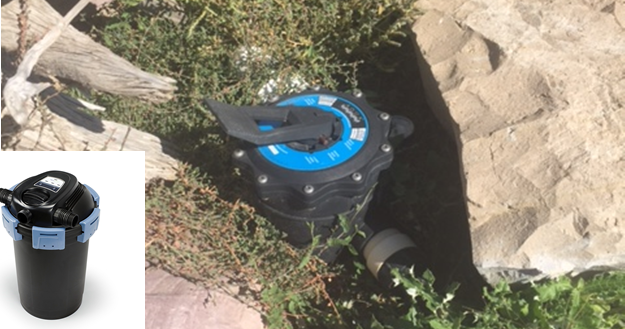

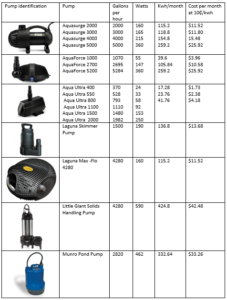
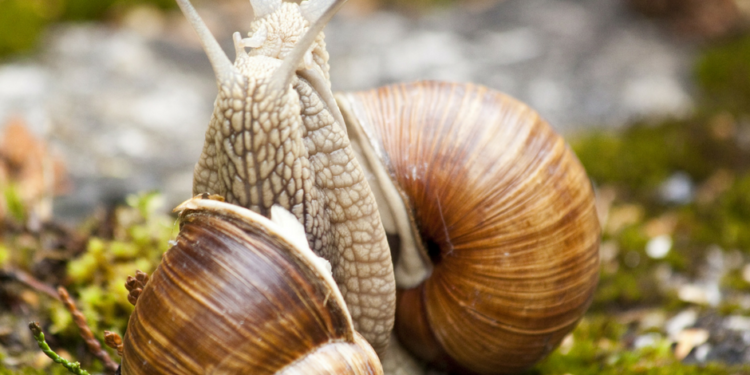
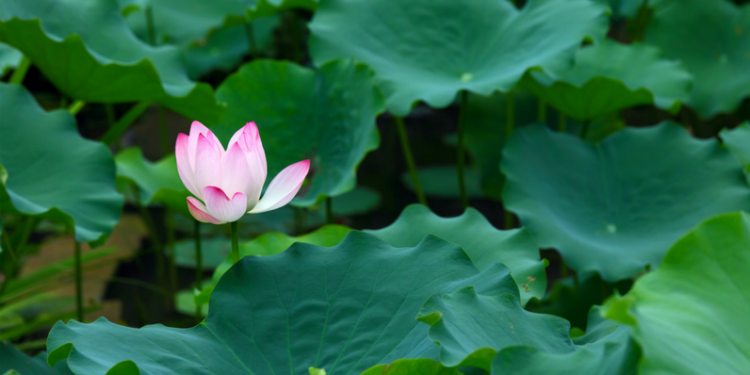
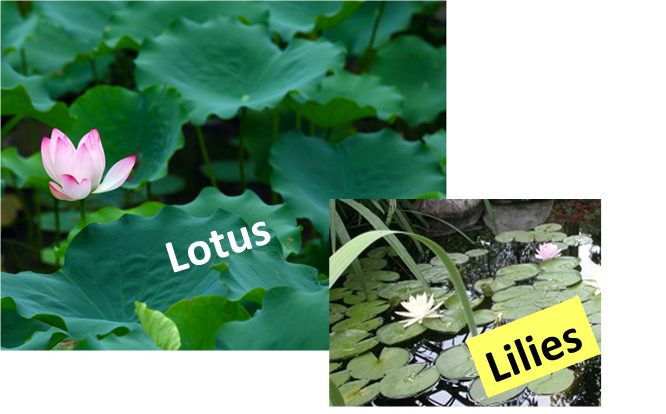

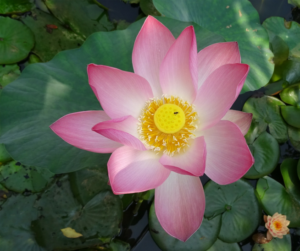

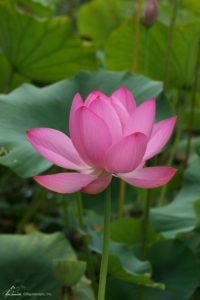

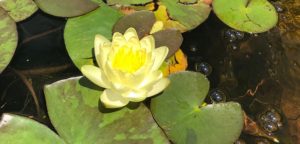
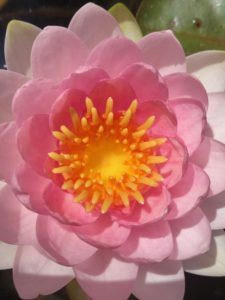 Things to know about caring for lilies:
Things to know about caring for lilies: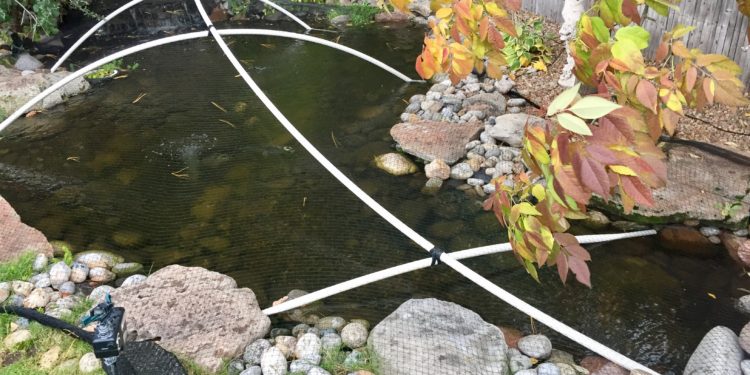


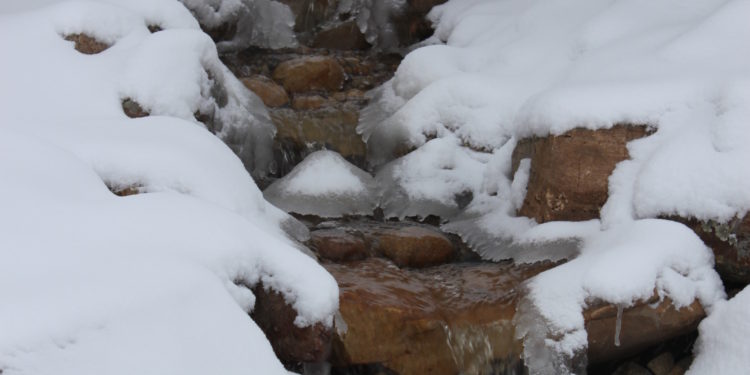

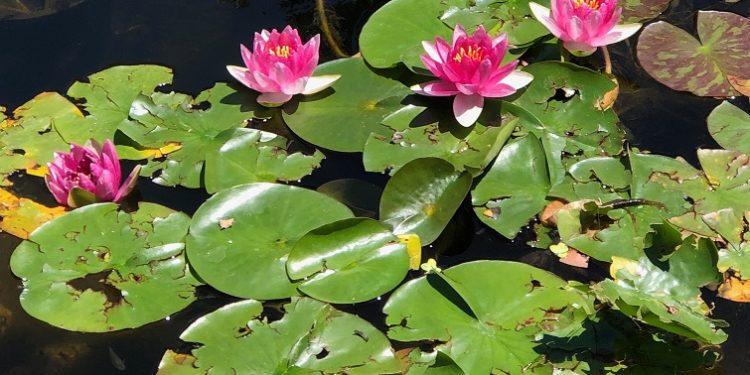
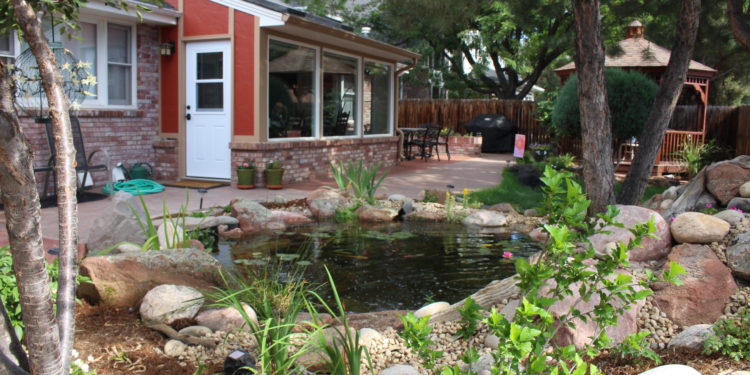
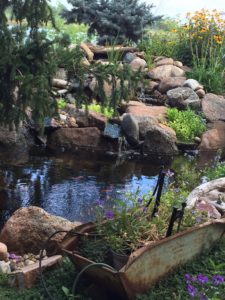
 8. Do I have to turn it off for the winter?
8. Do I have to turn it off for the winter?